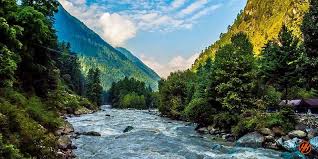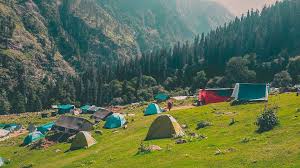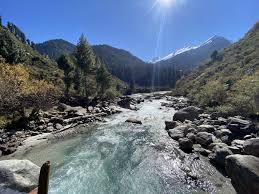Parvati Valley, nestled in the Kullu district of Himachal Pradesh, India, is a serene and picturesque destination renowned for its lush greenery, snow-capped peaks, gushing rivers, and vibrant culture. Popular among trekkers, nature lovers, and backpackers, this valley is a blend of natural beauty and spiritual charm.
Geography and Location
- Located at an altitude ranging from 5,000 to 6,000 feet, the valley stretches along the Parvati River, a tributary of the Beas River.
- The valley begins at Bhuntar, near the confluence of the Parvati and Beas rivers, and extends to remote regions like Pin Parvati Pass.


Natural Beauty
Verdant Landscapes:
The valley is dotted with dense deodar and pine forests, apple orchards, and terraced fields.The Parvati River:
The river, with its crystal-clear waters and occasional rapids, is a constant companion, offering serene and mesmerizing views.Snow-capped Peaks:
Towering Himalayan ranges surround the valley, providing breathtaking backdrops and trekking opportunities.Hot Springs:
- Manikaran: Known for its geothermal hot springs, believed to have therapeutic and religious significance.
Cultural and Spiritual Significance
Manikaran Sahib Gurudwara:
A prominent Sikh pilgrimage site, it attracts devotees for its langar (community kitchen) and hot springs.Hindu Temples:
The valley is home to many temples dedicated to Lord Shiva and Goddess Parvati, enriching its spiritual aura.Hippie Culture:
Villages like Kasol, Tosh, and Malana have become cultural hubs for backpackers, offering a mix of local and international vibes.

